The aim of this learning was to design prototypes that would help to protect native wildlife, and create innovative solutions for problems caused by invasive predators.
Working in small groups, students began the design process. In reading, they looked at many different technological innovations and saw how they can have a positive impact. Looking at how simple, yet effective technology can make a difference, they were eager to create their own. After identifying the pros and cons of current methods of pest control, students planned to make predator-free solutions for our local environment.
We are making a strap, which will wrap around trees to stop possums from climbing them. The top part of it will be curved, like on a sanctuary fence. That bit will also be a bird feeder, so it will stop pests from getting into trees, and also feed native birds. We are calling it the Possum Guard.
Our design is a bait station called Ground Control. It uses a Troll Camera which has batteries that last up to two years. The camera uses facial recognition to see what animal it is, and only opens up for pests.
The Tui Territory is a bird box for tui. It has a metal plate which knows how much they weigh. It will only open up when tui land on the plate. It won’t open up for predators.
We designed a predator-proof hotel for wētā. It has different levels, with all of the things wētā need. We did some research, and found out that they lay their eggs in soft mud, so we are going to have some soft mud on the bottom level.
Using wood, cardboard, clay, nails, and a whole lot of hot glue, the designs took shape. Constructing the prototypes proved to be an enjoyable and engaging hands-on learning experience. Some groups had to return to their designing books and reflect on what was working and what wasn’t, as some of their big ideas were too complicated. This problem solving was an integral part of the process, as they encountered difficulties, and had to work together to find solutions.
We made the Kiwi Keeper using wood and nails. It is a kiwi burrow, where they can be safe from pests like rats and possums.
Our design is called the Piwakawaka Playhouse. It was hard to make it because the nails were so small. We had to try a few times before we finally got it.
Working through this process highlighted the importance of collaborating to develop solutions that will help to protect our native wildlife. As a class, Room 2 thinks that through innovation and problem solving a predator-free 2050 is possible.
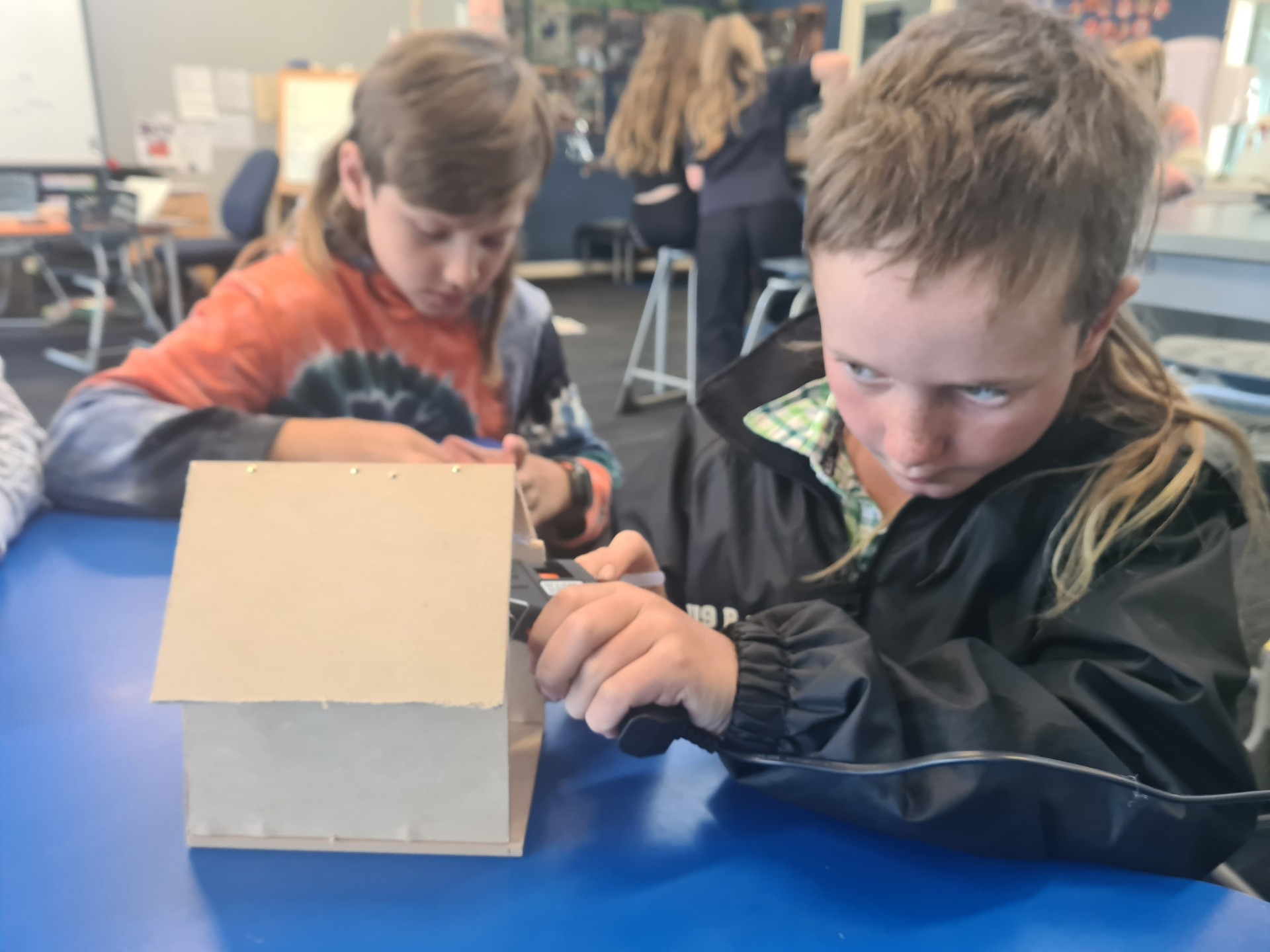
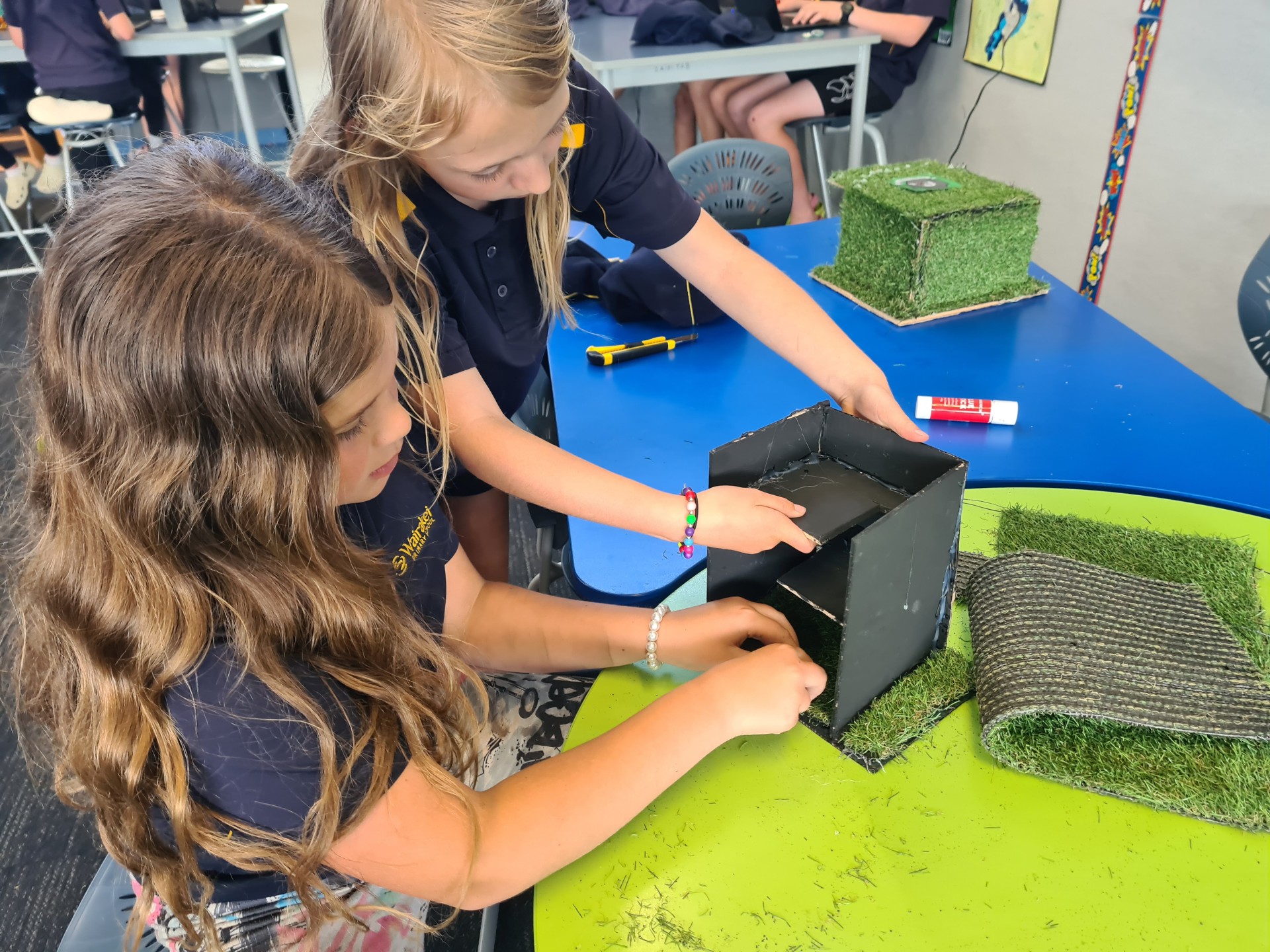
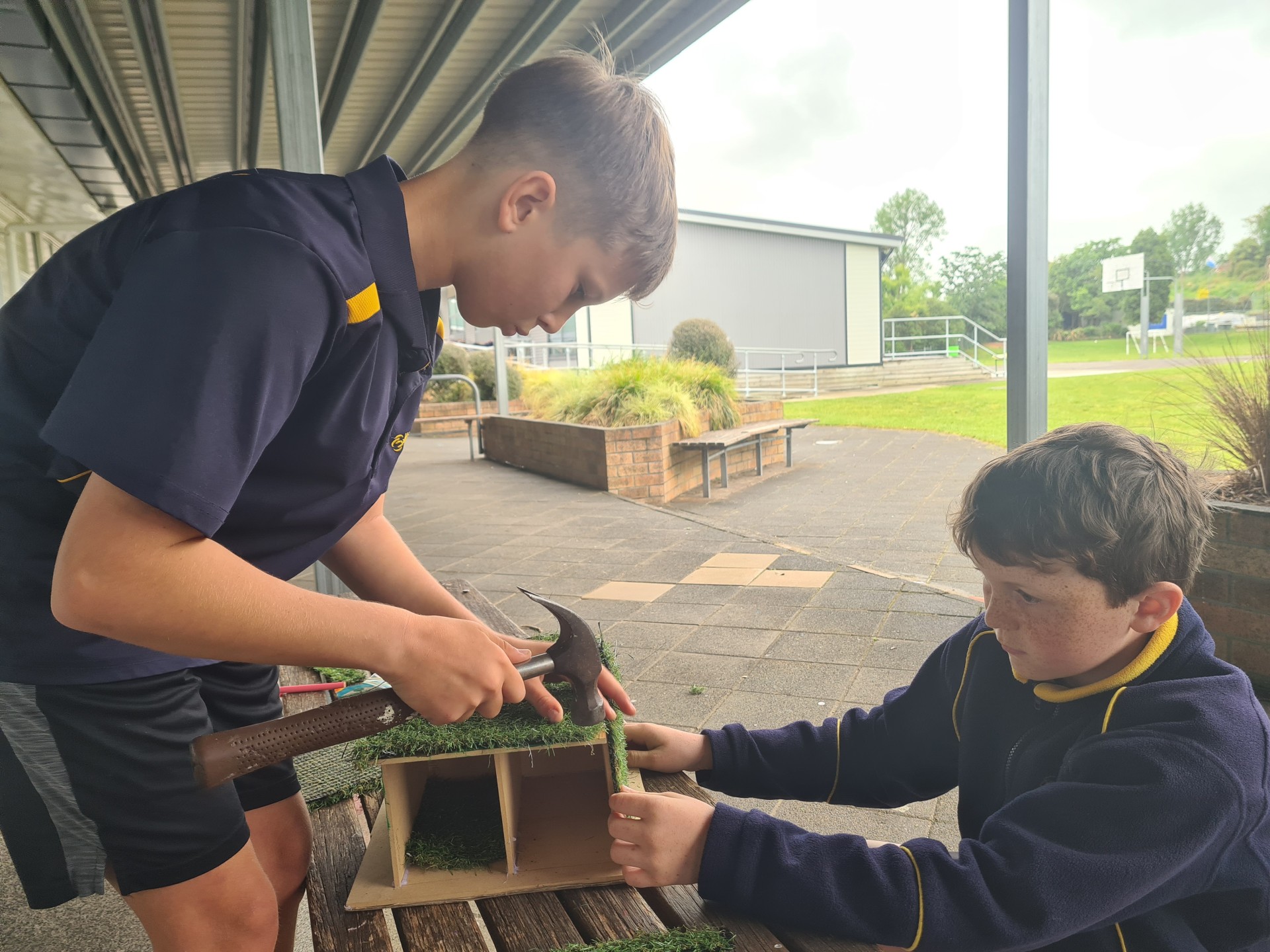
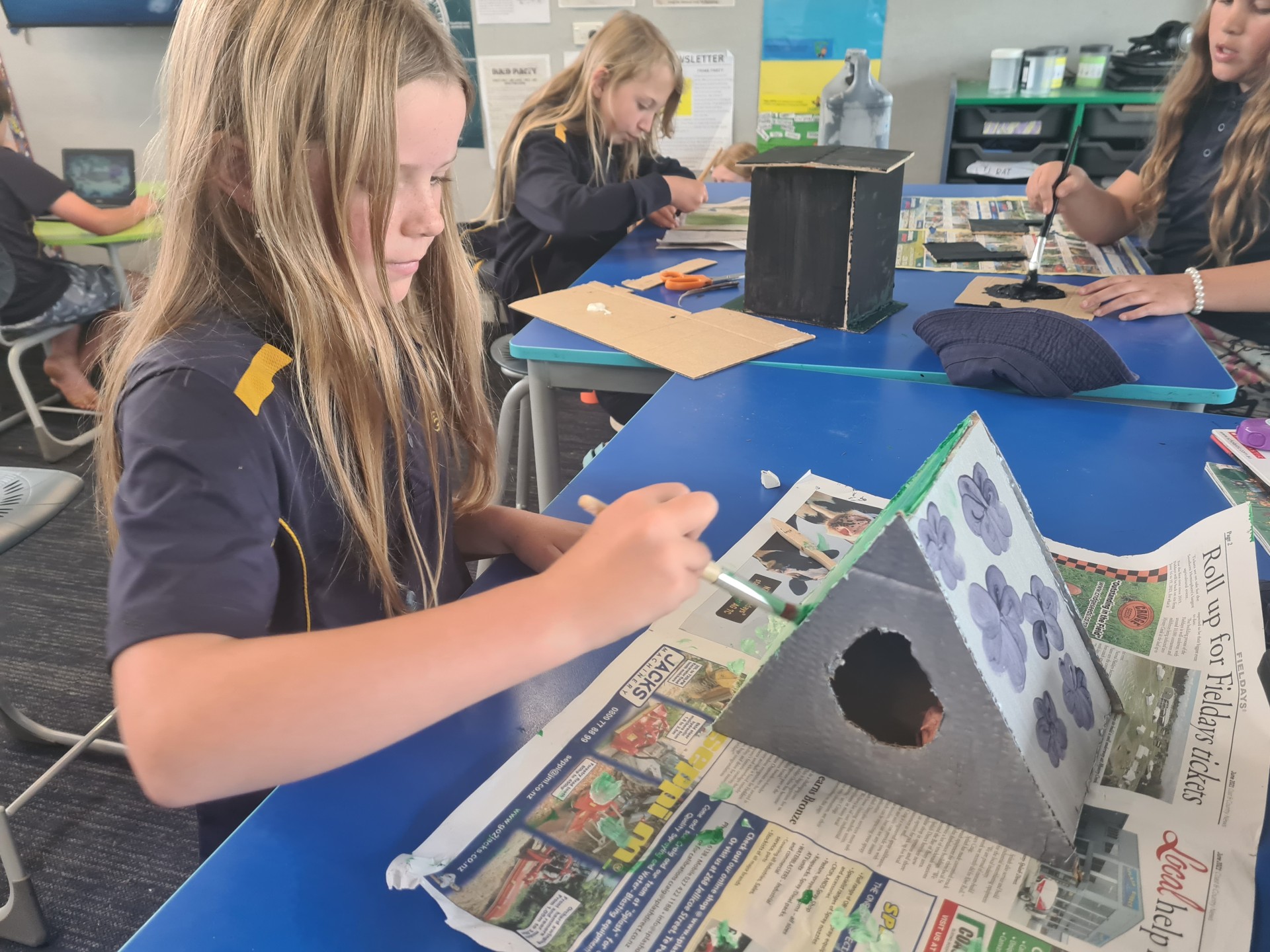
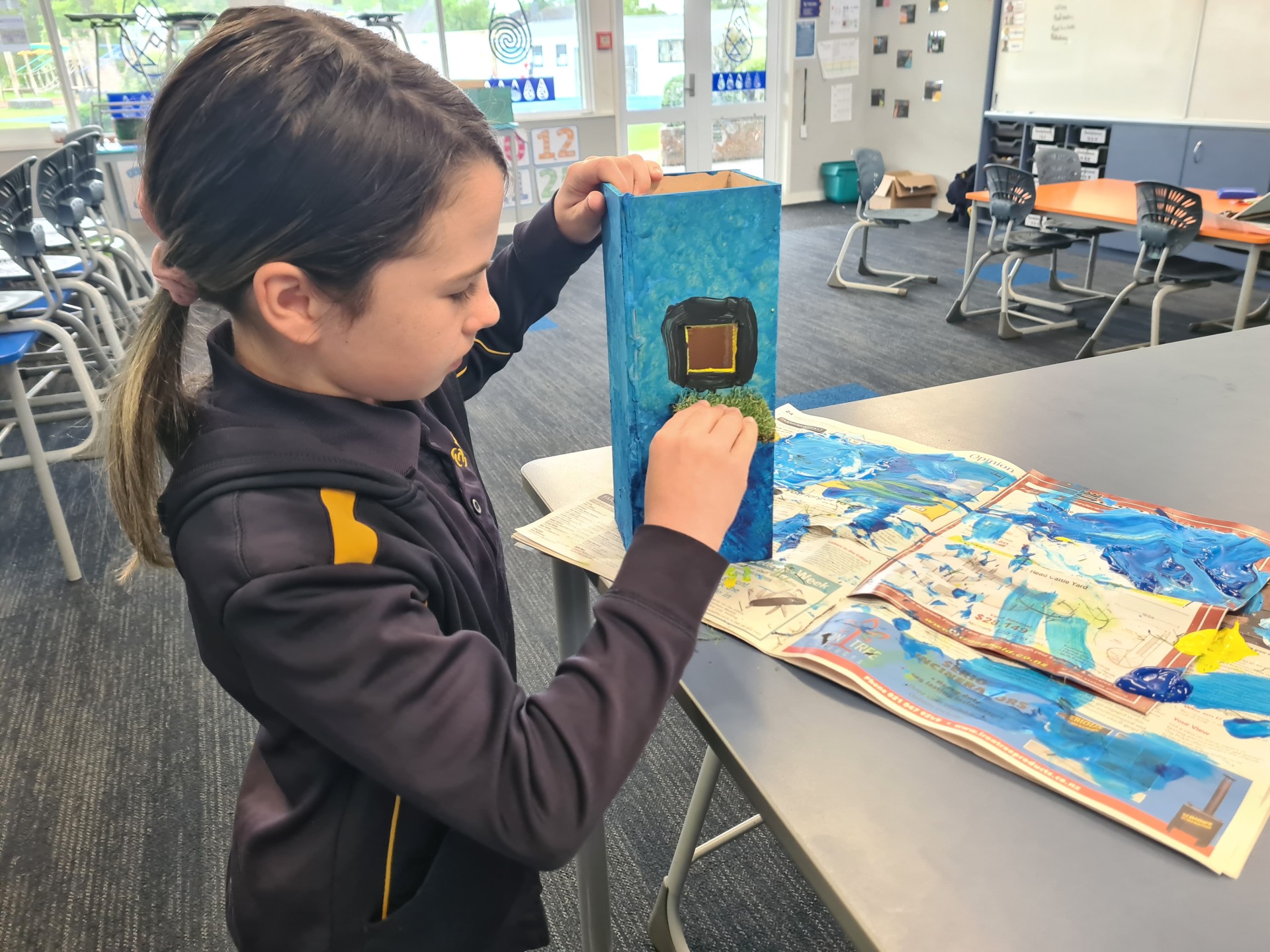
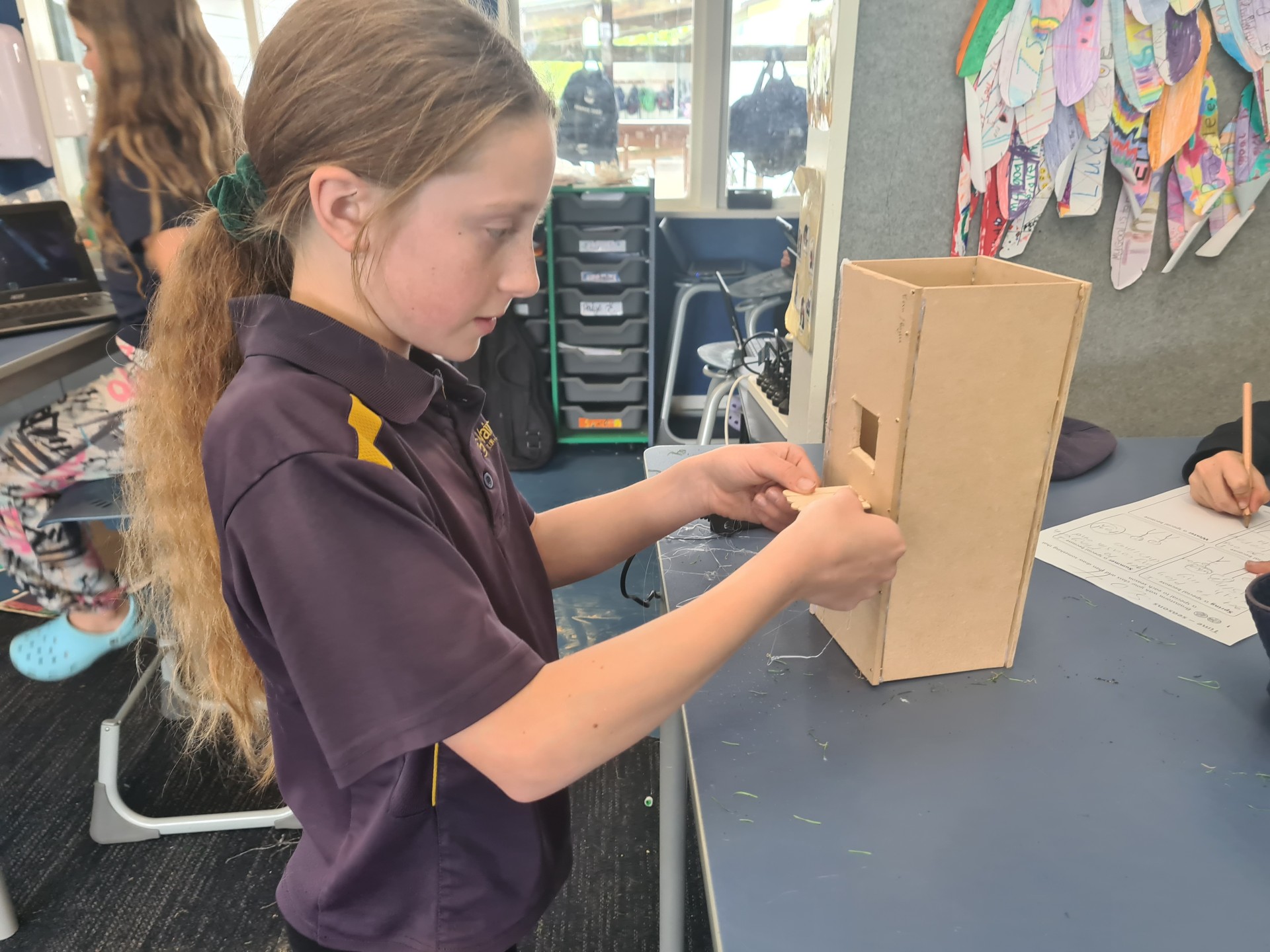
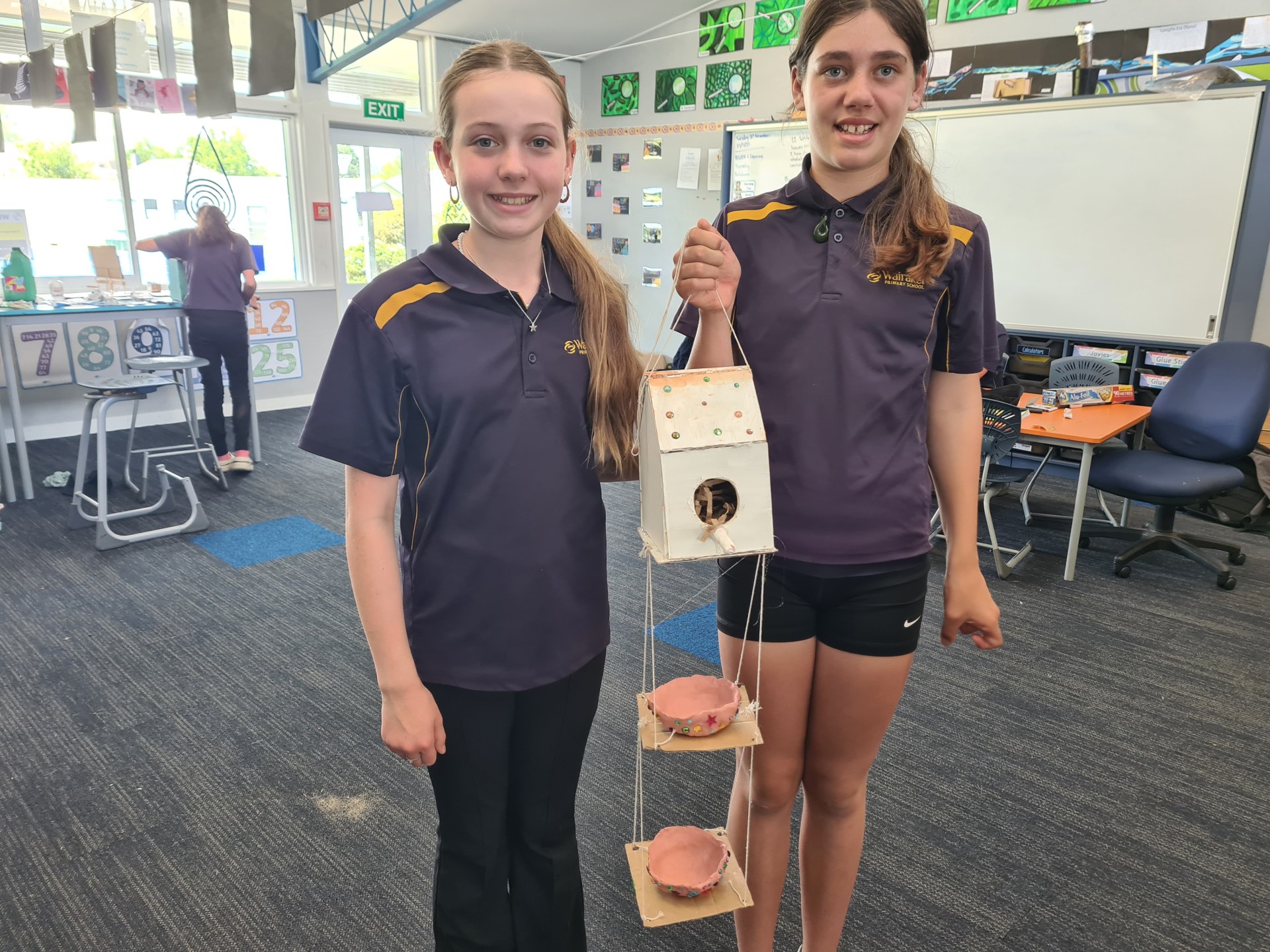

Comments
No one has commented on this post yet.